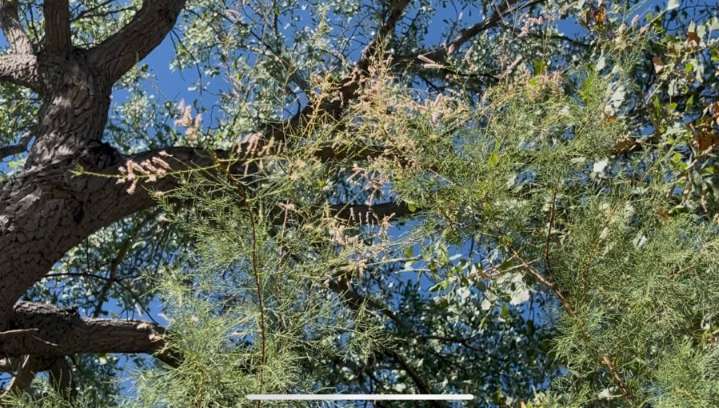ALBUQUERQUE, N.M. (KRQE) – Along the quiet banks of the Rio Grande, an ecological battle rages just beneath the surface—one with growing urgency as drought and wildfire risks intensify across New Mexico.
Story continues below • New Mexico News Insiders: Reporting On Child Abuse In New Mexico • News: AG: McKinley Co. DA “unfit for the office,” should be removed • Trending: Search for missing Los Alamos National Laboratory employee goes into 8th week
The enemy is a familiar one: salt cedar, also known as tamarisk. Introduced in the early 1900s to help with riverbank erosion, the invasive shrub has since entrenched itself in the river’s ecosystem for decades, outcompeting native species, depleting water sources with its deep roots, and fueling fires with its flammable leaves, stems, a

 KRQE News 13
KRQE News 13

 Associated Press Top News
Associated Press Top News KREM 2 Politics
KREM 2 Politics CNN Politics
CNN Politics Page Six
Page Six Daily Herald Sports
Daily Herald Sports Raw Story
Raw Story AlterNet
AlterNet Bozeman Daily Chronicle Sports
Bozeman Daily Chronicle Sports CNN
CNN America News
America News